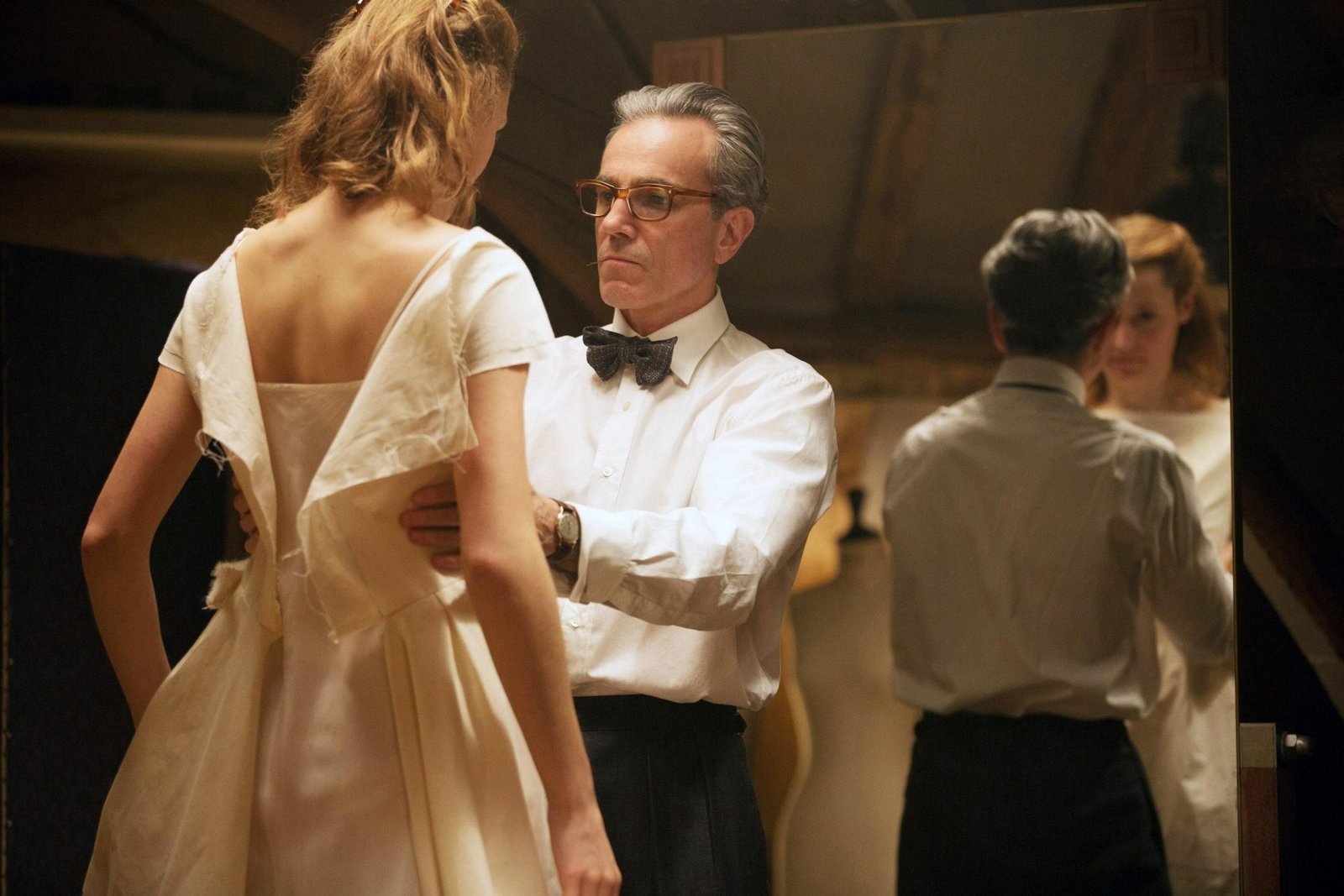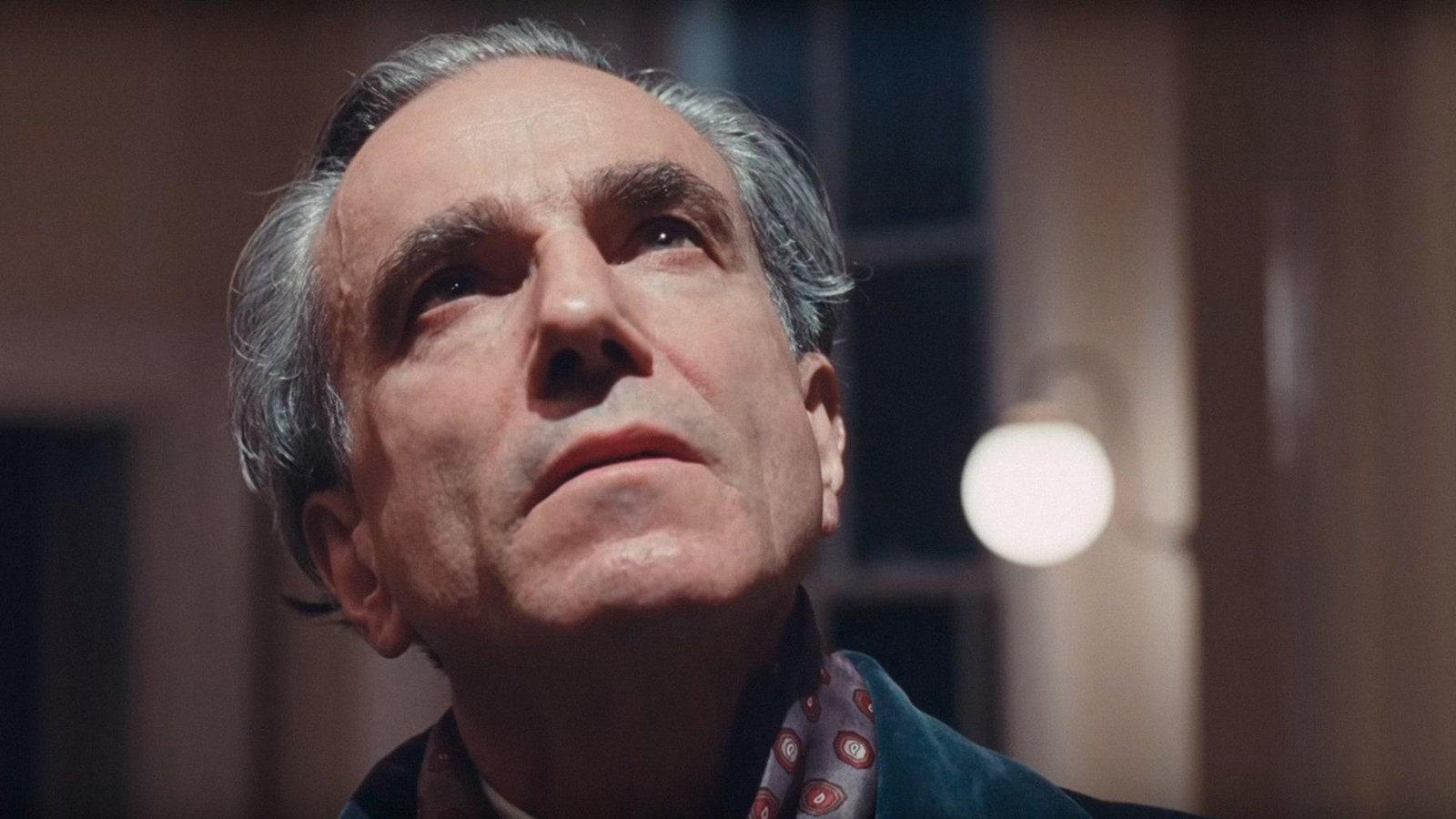Unraveling the Intricacies of ‘Phantom Thread’: A Deep Dive into Paul Thomas Anderson’s Latest Masterpiece
Paul Thomas Anderson’s “Phantom Thread” has been hailed by many as a cinematic masterpiece. With its intricate storyline, stunning visuals, and remarkable performances by actors Daniel Day-Lewis and Vicky Krieps, the film has captivated audiences and critics alike. However, with its layered themes and symbolism, “Phantom Thread” can be a challenging film to fully comprehend. In this article, we’ll take a deep dive into the intricacies of the movie and unravel some of the mysteries behind its enigmatic plot. Get ready to explore the hidden meanings and nuances of “Phantom Thread” and discover why it’s one of the most remarkable films of recent years.
Paul Thomas Anderson’s “Phantom Thread” has been hailed by many as a cinematic masterpiece. With its intricate storyline, stunning visuals, and remarkable performances by actors Daniel Day-Lewis and Vicky Krieps, the film has captivated audiences and critics alike. However, with its layered themes and symbolism, “Phantom Thread” can be a challenging film to fully comprehend. In this article, we’ll take a deep dive into the intricacies of the movie and unravel some of the mysteries behind its enigmatic plot. Get ready to explore the hidden meanings and nuances of “Phantom Thread” and discover why it’s one of the most remarkable films of recent years.

Introduction to “Phantom Thread”
“Phantom Thread” is a 2017 movie directed by Paul Thomas Anderson, and it stars Daniel Day-Lewis as Reynolds Woodcock, an obsessive and talented dressmaker in 1950s London. The plot follows Woodcock’s relationship with Alma (played by Vicky Krieps), a young woman who becomes his muse and lover. The movie received six Oscar nominations, including Best Picture, Best Director, and Best Actor for Day-Lewis, and it won for Best Costume Design. “Phantom Thread” is a fascinating study of the creative process, obsession, and the power dynamics in romantic relationships.
Overview of Paul Thomas Anderson’s career as a director
Paul Thomas Anderson is a highly regarded American film director known for his unique style and diverse range of films. He began his career in the late 1990s with the critically acclaimed movie “Hard Eight”. Since then, he has written and directed a number of successful films, including “Boogie Nights”, “Magnolia”, “There Will Be Blood”, and “The Master”. His latest film, “Phantom Thread”, has garnered rave reviews for its stunning visual and narrative style. Anderson is known for his attention to detail, complex characters, and ability to craft compelling stories that leave a lasting impact on his audience.
The role of fashion and couture in the film
The role of fashion and couture in the film is central to the plot and themes of Phantom Thread, a Paul Thomas Anderson film that explores the world of high-end fashion in 1950s London. The protagonist, Reynolds Woodcock, is a talented but demanding fashion designer who creates exquisite dresses for wealthy clients. The film showcases the artistry and craftsmanship of couture, as well as the obsessive and often toxic relationships between designers and their muses. The costumes, designed by Mark Bridges, are stunning and play an integral part in developing the characters and the story. The use of fashion and couture in Phantom Thread highlights the power dynamics and the psychological complexities of the fashion industry, making the film a fascinating and thought-provoking exploration of this world.

Analysis of the relationship between Reynolds Woodcock and Alma Elson
In “Phantom Thread”, Paul Thomas Anderson’s latest masterpiece, Reynolds Woodcock and Alma Elson‘s relationship is one of the most fascinating aspects of the film. Reynolds is a renowned dressmaker in 1950s London, while Alma is a young waitress who becomes his muse and lover. As the story unfolds, we see how their relationship evolves and how Alma challenges Reynolds’ domineering personality. Anderson’s direction, combined with the stellar performances of Daniel Day-Lewis and Vicky Krieps, create a mesmerizing portrait of a dysfunctional relationship that is both alluring and disturbing. The analysis of this relationship is a prime example of how cinema can delve into the intricacies of human emotions and behavior.
Exploration of the film’s themes of control and obsession
In Paul Thomas Anderson‘s “Phantom Thread,” the themes of control and obsession are explored in great depth. The main character, Reynolds Woodcock, is a renowned dressmaker who is obsessed with maintaining control over every aspect of his life. He is highly meticulous and detail-oriented, and his obsession with his work is so great that it consumes him entirely. As the film progresses, we see how his need for control and his obsessive tendencies begin to unravel his relationships with those around him. Through Anderson’s masterful direction and Daniel Day–Lewis‘s stunning portrayal of Woodcock, “Phantom Thread” is a gripping exploration of the dangers of allowing control and obsession to take over one’s life.
Use of symbolism and metaphor in the film
The use of symbolism and metaphor in “Phantom Thread” is a testament to Paul Thomas Anderson’s skill as a filmmaker. From the recurring imagery of mushrooms and the color blue to the character of Alma and her relationship with Reynolds, each element is carefully crafted to add layers of meaning to the story. The dressmaking process itself serves as a metaphor for the creative process and the power dynamics of relationships. Anderson’s attention to detail in the film’s symbolic motifs elevates the story beyond a mere period drama and adds to its lasting impact.

The role of music and sound design in creating atmosphere
In Paul Thomas Anderson‘s “Phantom Thread”, music and sound design play a crucial role in creating the film’s unique atmosphere. The film’s score, composed by Jonny Greenwood, perfectly captures the tension and unease that permeates throughout the story. The use of silence and subtle ambient noise is also noteworthy, as it creates a sense of intimacy and focus on the characters’ emotional states. The sound of sewing machines and the rustling of fabrics further immerse the audience into the world of the film. Overall, the music and sound design in “Phantom Thread” are integral parts of the storytelling, enhancing the film’s already impressive visual and narrative elements.
Examination of the film’s cinematography and visual style
When examining the cinematography and visual style of Paul Thomas Anderson‘s “Phantom Thread,” the first thing that comes to mind is its striking attention to detail. The film is a feast for the eyes, with Anderson and his team carefully crafting every shot to ensure it adds meaning to the story. The use of lighting and color plays a significant role in setting the tone and ambiance of each scene. Additionally, Anderson‘s use of camera movement, particularly with his signature long takes, creates a sense of intimacy between the viewer and the characters on screen. Overall, “Phantom Thread” is a visually stunning film that showcases Anderson‘s masterful control over the art of filmmaking.
The reception and critical response to “Phantom Thread”
Phantom Thread, Paul Thomas Anderson’s 2017 film, received mixed responses from both audiences and critics. While some praised the film’s lead actor Daniel Day–Lewis‘ performance and the film’s stunning cinematography and score, others found the story slow-paced and lacking in depth. Despite the mixed reception, the film was nominated for six Academy Awards, including Best Picture and Best Director. Ultimately, Phantom Thread is a unique and complex film that requires a certain level of patience and appreciation for subtle storytelling.
Conclusion and final thoughts on the film and Paul Thomas Anderson’s body of work
In conclusion, Phantom Thread is a visually stunning and intellectually stimulating film that showcases Paul Thomas Anderson’s mastery of the craft. The film’s attention to detail and its exploration of power dynamics make it a compelling addition to Anderson‘s body of work. Overall, Anderson‘s films are known for their emotionally complex characters, unconventional narratives, and stunning cinematography. With each new release, Anderson continues to push the boundaries of cinematic storytelling, solidifying his place as one of the greatest filmmakers of our time.
For more information about Phantom Thread Paul Thomas Anderson Analysis, including movie details, cast information, etc..
check out the filmaffinity page.



